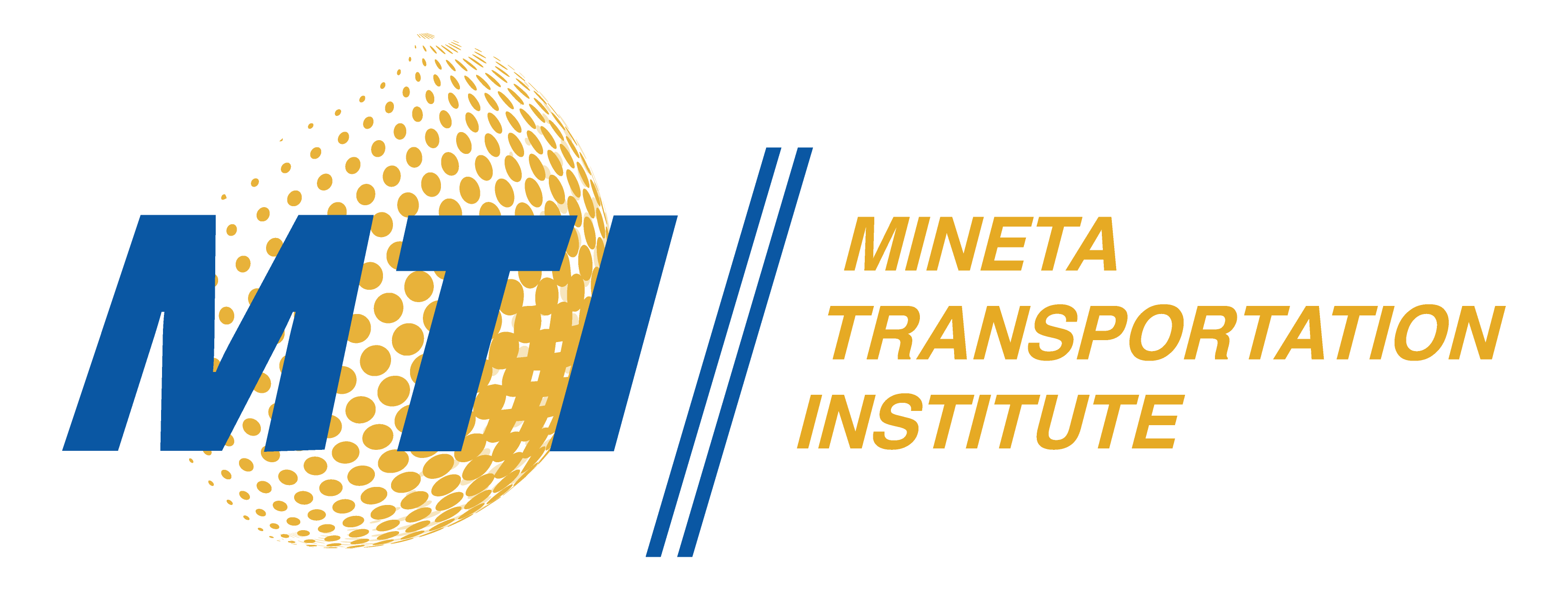Description
Terrorist attacks on commercial aviation had declined significantly after reaching a high point in the 1970s. The devastating consequences of the four coordinated hijackings and deliberate crashes of three of the planes into the World Trade Center in New York and the Pentagon in Washington, D.C., on September 11, 2001—an event unprecedented in the annals of terrorism—have wiped out all sense of progress and focused national attention on aviation security. Meanwhile, terrorists have continued to attack public surface transportation worldwide with no indication of abatement in these attacks.1 With large-scale indiscriminate violence clearly the reality of contemporary terrorism and growing concerns that terrorists might use chemical and biological weapons, to which public transportation systems are extremely vulnerable, the threat has increased. Surface transportation systems cannot be protected as easily as airplanes, which are housed in fairly closed and reasonably controlled locations; additionally, the airport terminal access to airplanes is controlled by relatively few entry points. Conversely, trains, buses, and light rail systems must remain readily accessible, convenient, and inexpensive for the traveling public. Assaults on public surface transportation systems have continued to take place worldwide without any indication of abatement. This study continues earlier research on best security practices. It examines security practices in effect at public surface transportation facilities in Tokyo and London—both targets of terrorist attacks—and in the San Francisco Bay Area and the Santa Clara Valley of California. It updates the chronology contained in the previous report and adds an annotated bibliography.
Publication Date
10-1-2001
Publication Type
Report
Topic
Security and Counterterrorism
MTI Project
9805
Mineta Transportation Institute URL
Keywords
Terrorism, Public transportation, Buses, Violence, Safety
Disciplines
Transportation
Recommended Citation
Brian M. Jenkins. "Protecting Public Surface Transportation Against Terrorism and Serious Crime: Continuing Research on Best Security Practices, MTI Report 01-07" Mineta Transportation Institute (2001).

